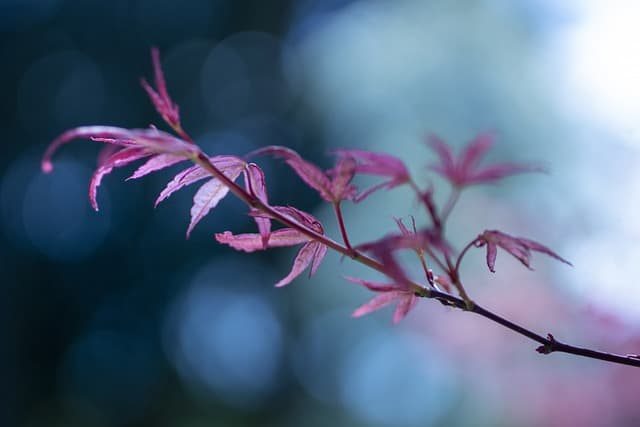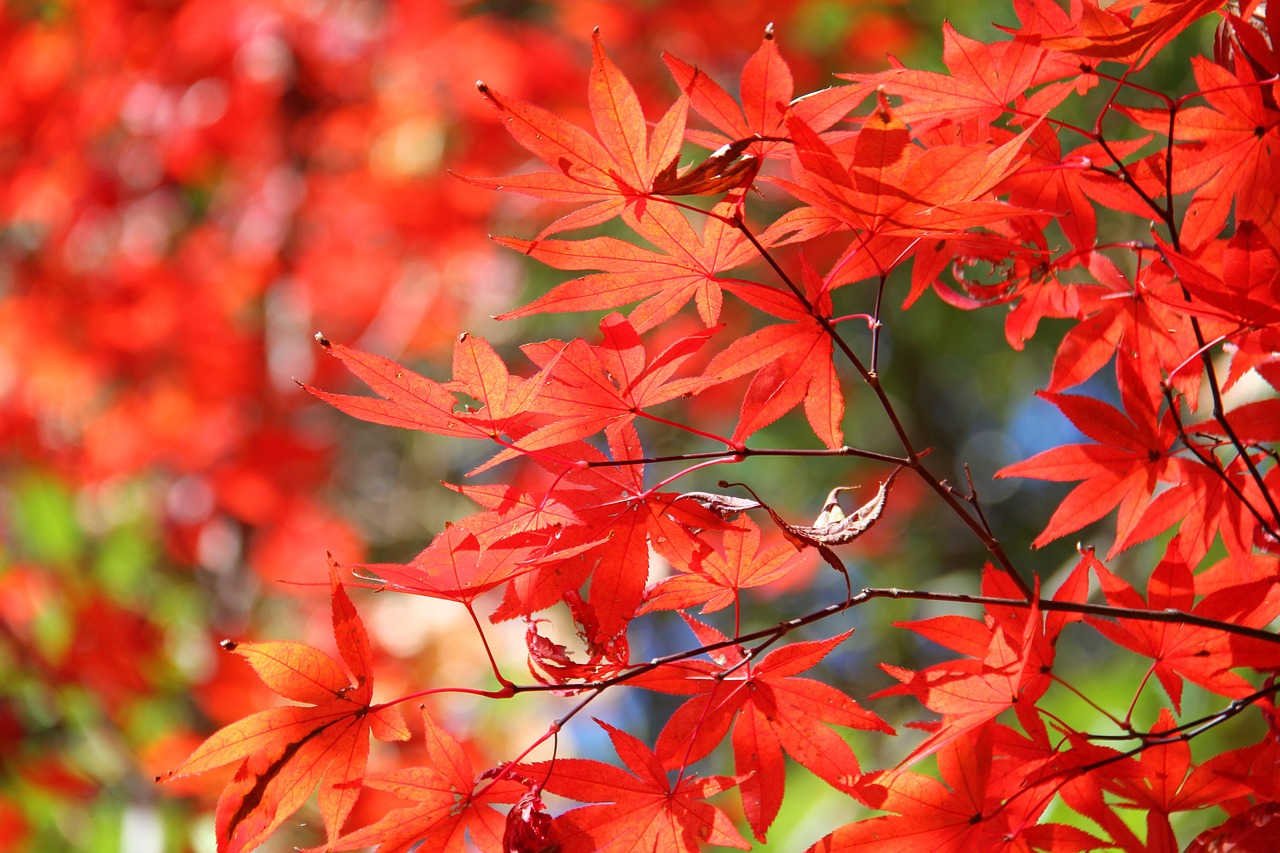This guide provides detailed steps, techniques, and tips to help you successfully propagate Japanese maple trees.
Understanding Japanese Maple

Japanese maples (Acer palmatum) are celebrated for their delicate leaves and various colors, ranging from bright green to deep red and purple. With dozens of cultivars available, these trees can fit almost any garden aesthetic. They thrive in temperate climates and can grow both as large specimens and in container formats, making them versatile for landscaping needs.
Propagation Methods
Japanese maples can be propagated using several methods: seeds, cuttings, and grafting. Each method has its own advantages and challenges, depending on how quickly you want to grow your new tree, the cultivar, and your gardening expertise.
Seed Propagation
Growing Japanese maples from seeds is a natural way to propagate these trees. However, this method requires patience and specific conditions.
Collecting Seeds: Gather seeds in late summer or early fall when they are ready. They will usually be found in the characteristic “helicopter” samaras that fall from the trees.
Stratification: Japanese maple seeds require a period of cold stratification to germinate. Place the seeds in a damp medium, such as peat moss, and refrigerate them for 60 to 90 days.
Sowing: After stratification, plant the seeds in seed-starting mix in a container. Keep the soil consistently moist and place the container in a location with indirect light.
Germination: Seeds may take several weeks to a few months to germinate. Be patient and keep an eye on the moisture levels.
Cutting Propagation
This method is one of the most popular for propagating Japanese maples because it often yields quicker results than seed propagation.
Time: The best time to take cuttings is in late spring or early summer when the tree is actively growing.
Taking Cuttings: Select a healthy branch and cut a 4- to 6-inch segment just below a node. It’s best to use semi-hardwood cuttings, which are partially matured.
Preparing Cuttings: Remove the lower leaves, leaving a few at the top. This helps reduce water loss.
Rooting Hormone: Dip the end of the cutting in rooting hormone to encourage root development. Although optional, rooting hormone can significantly increase the chances of successful propagation.
Planting: Insert the cutting into a pot filled with a well-draining mix, such as perlite or a peat-sand mixture. Water the cutting thoroughly and cover it with a plastic bag or clear plastic dome to create a humid environment.
Monitoring Growth: Place the pot in indirect sunlight and maintain moisture. In a few weeks, check for root development by gently tugging on the cutting. Once well-rooted, gradually acclimate the plant to normal conditions.
Grafting
Grafting allows for the propagation of specific cultivars that do not grow true from seed. This is a more advanced technique but can be highly rewarding.
Selecting Scion and Rootstock: Choose a healthy scion (the part of the plant you want to propagate) from a desired cultivar and a compatible rootstock.
Grafting Technique: There are various methods of grafting, including whip and tongue, cleft, and bark grafting. Each method requires precision and practice.
Caring for Grafts: Once grafted, wrap the grafting area with tape to hold it securely and reduce moisture loss. Keep the grafted plant in a controlled environment until it takes.
Care After Propagation

Once your Japanese maples are growing, they require care and attention to thrive:
Watering: Ensure the young plants are watered regularly but not overwatered. The soil should be moist yet well-draining.
Light: While Japanese maples prefer partial shade, young plants benefit from bright, indirect light until they establish themselves.
Fertilizing: Avoid fertilizing new plants until they show signs of new growth. Once established, a balanced, slow-release fertilizer in early spring can support healthy growth.
Common Challenges

When propagating Japanese maples, you may encounter challenges:
Low Germination Rates: For seeds, ensure proper stratification and that you’re using fresh seeds.
Root Rot: Overwatering can lead to root rot in seedlings and cuttings To prevent this, ensure that the soil has good drainage and allow the top inch of soil to dry out before watering again.
Pests and Diseases: Keep an eye out for common pests like aphids and spider mites, as well as fungal diseases. If you notice any troubling signs, treat them promptly with insecticidal soap or a suitable fungicide.
Tips for Success
Choose the Right Cultivar: If you’re starting from seeds or cuttings, pick a cultivar that’s known for its ease of propagation. Some varieties are more resilient than others.
Temperature Control: Maintain a stable, warm temperature while propagating. Ideal conditions usually range from 70°F to 75°F (21°C to 24°C).
Maintain Humidity: Use a humidity dome or plastic covering to create a moist environment around cuttings. This helps reduce water loss and encourages root growth.
Sterilize Tools: Always use sterilized tools when taking cuttings or grafting to prevent the spread of diseases.
Research Your Variety: Familiarize yourself with the specific requirements of the cultivar you wish to propagate. Some may have unique needs regarding sunlight, soil type, or water.
Patience is Key: Propagation can take time. Whether you’re waiting for seeds to germinate or cuttings to root, give your plants the time they need to establish themselves.
Conclusion
Propagating Japanese maples can be a fulfilling endeavor for anyone looking to enhance their garden or share the beauty of these graceful trees. Whether you opt for seed propagation, cuttings, or grafting, each method has its own rewards and challenges. By following the techniques outlined in this blog post, along with some careful monitoring and care, you’ll be well on your way to successfully cultivating your very own Japanese maples.
As you watch your young trees grow, you’ll enjoy the satisfaction that comes from nurturing them from their beginnings, contributing to the stunning tapestry of your landscape.





